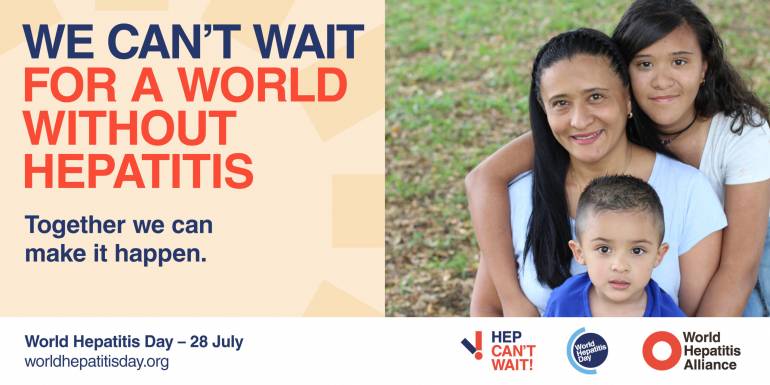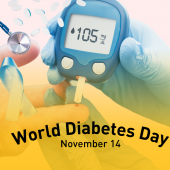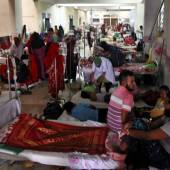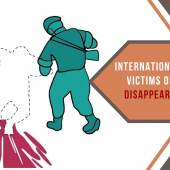World Hepatitis Day

World Hepatitis Day is commemorated each year on July 28th to enhance awareness of viral hepatitis, an inflammation of the liver that causes a range of health problems, including liver cancer.
There are five main hepatitis viruses, referred to as types A, B, C, D, and E. These are of most significant concern because of the illness and death they cause and the potential for outbreaks and epidemic spread.
Chronic hepatitis B and C are life-threatening infectious diseases that cause severe liver damage, cancer, and premature death.
For this reason, in 2008, the World Hepatitis Alliance, in collaboration with patient groups, declared May 19 the first global World Hepatitis Day.
On July 28, it is the birthday of Nobel-prize-winning scientist Dr. Baruch Blumberg, who discovered the hepatitis B virus and developed a diagnostic test and vaccine.
The celebration is intended to achieve the global elimination of hepatitis by 2030. Hepatitis is a liver inflammation most commonly caused by a viral infection.
More than 300 million people are infected with the hepatitis B virus or the hepatitis C virus.
Hepatitis B and C are silent epidemics, hitting children and marginalized populations the hardest, including people who inject drugs, indigenous peoples, prisoners, men who have sex with men, migrants, and people living with HIV/AIDs.
Globally, 90% of people with hepatitis B and 80% of people with hepatitis C don't know they have the disease. This means that they could die from liver disease or liver cancer at some point in their lives, and in some cases, they could spread the infection to others without knowing it.
With the availability of effective vaccines and treatments for hepatitis B and a cure for hepatitis C, the elimination of hepatitis is achievable. Still, greater awareness and understanding of the disease and its risks is a must, as is access to cheaper diagnostics and treatment.
Ensuring that no one is left behind and that policymakers deliver on their commitment will be vital to achieving elimination.
Data from the World Health Organization shows an estimated 257 million people living with chronic hepatitis B and 71 million people living with chronic hepatitis C worldwide.
Viral hepatitis causes more than one million deaths each year. While deaths from tuberculosis and HIV have been declining, deaths from hepatitis are increasing.
The five hepatitis viruses are distinct and can spread in different ways, affect different populations, and result in different health outcomes.
World Hepatitis Day is now recognized in over 100 countries each year through events such as free screenings, poster campaigns, demonstrations, concerts, talk shows, flash mobs, and vaccination drives, amongst many others. Each year, a report is published by the WHO and the World Hepatitis Alliance detailing all the events worldwide.
This day is an opportunity to step up national and international efforts on hepatitis, encourage actions and engagement by individuals, partners, and the public, and highlight the need for a more significant global response as outlined in the WHO's Global Hepatitis Report of 2017.
Last year’s 2021 theme was "Hepatitis Can’t Wait", conveying the urgency of efforts needed to eliminate hepatitis as a public health threat by 2030. Even with the COVID-19 crisis, someone dies every 30 seconds from a hepatitis-related illness. This means that we can't wait to do something about viral hepatitis.
The vision of the CDC is to eliminate viral hepatitis in the United States and globally. The CDC collaborates with international partners to help countries experiencing high infection rates prevent, control, and eliminate viral hepatitis.
The most important thing that needs to be done to reach the global elimination goals by 2030 is to improve the number of people who get tested and treated.
On the occasion of World Hepatitis Day, let us promise that we will never neglect our health and let anyone else neglect it as well.
Radio Veritas Asia (RVA), a media platform of the Catholic Church, aims to share Christ. RVA started in 1969 as a continental Catholic radio station to serve Asian countries in their respective local language, thus earning the tag “the Voice of Asian Christianity.” Responding to the emerging context, RVA embraced media platforms to connect with the global Asian audience via its 21 language websites and various social media platforms.














